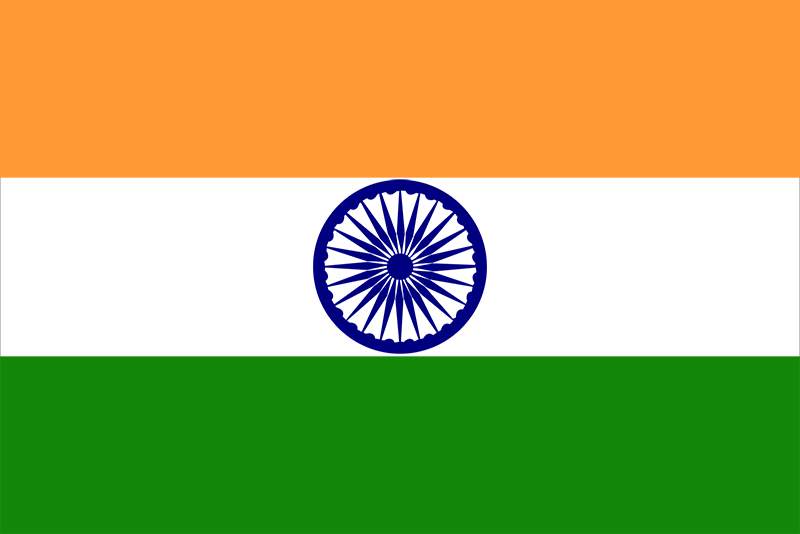By SAT News Desk
MELBOURNE, 22 September 2021: India’s religious composition is ‘stable’ since 1947 when British India was partitioned into India and Pakistan. East Pakistan later became Bangladesh. This conclusion comes from the Pew Research Centre, Washington, D.C., in its latest report ‘Religious Composition Of India’ released by it recently.
So, the religious composition of India, the Pew report says, Hindus 79.8 %, Muslims 14.2 %, Christians 2,3 %, Sikhs 1.07, Buddhists 0.7 %, Jains 0.4 % & others/not specified 0.9 %. These figures are for 2011 compared to 1951.
According to the report, in percentage terms, “India’s six largest religious groups have remained relatively stable since Partition. The greatest shift has been a modest rise in the share of Muslims, accompanied by a corresponding decline in the share of Hindus. Between 1951 and 2011, Muslims grew by 4.4 percentage points to 14.2% of the population, while Hindus declined by 4.3 points to 79.8%.
Christians have made up between 2% and 3% of India’s population in every census since 1951. Although there are concerns that Christians may be undercounted, it is difficult to determine the extent of such an undercount and how it may be changing over time.”

“The geographic distribution of religious groups also has remained relatively stable since Partition. The largest numbers of Christians are still concentrated in the Southern states of Kerala and Tamil Nadu, and their largest population shares are in the smaller Northeastern states that border China, Bhutan, Myanmar (also called Burma) and Bangladesh. Jammu and Kashmir, adjacent to Pakistan, is the only place in which the majority of the population is Muslim, except for the sparsely populated archipelago of Lakshadweep. Buddhists and Jains are most often found in Maharashtra, and Sikhs in the Northwestern state of Punjab, where they make up a majority. Nearly every other state and territory has a large Hindu majority, the report says.
Fertility rates
Fertility rates, the report says, among all religious groups have fallen in India. The all India fertility rate (the number of children an average woman is expected to have in her lifetime) is 2.2. For Hindus, it is 2.1, Muslims 2.6 (1992), Jains 1.2, Christians 2.0, Buddhists 1,7 and Sikhs 1.6. The biggest decline in fertility rate has been among Muslims from 4.4 (1992) to 2.6 (2015).
The report by Stephanie Karmer, Senior Researcher at the Pew Research Centre deals with India’s religious composition, falling fertility rates in all religions, caste in different religions, religious demography of Indian states and territories among other issues.





